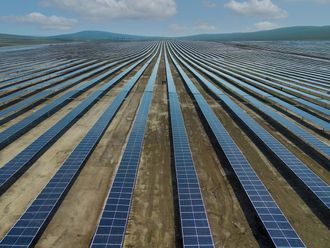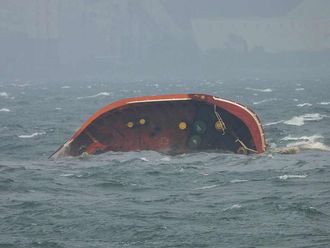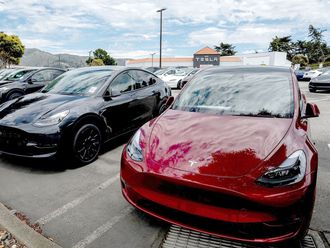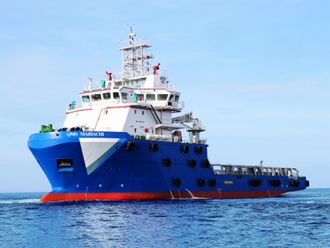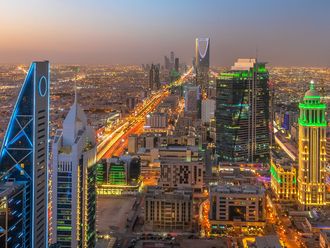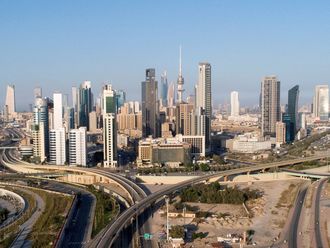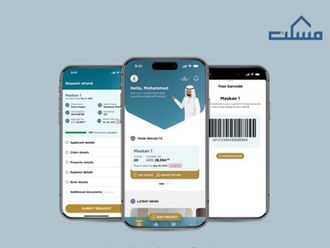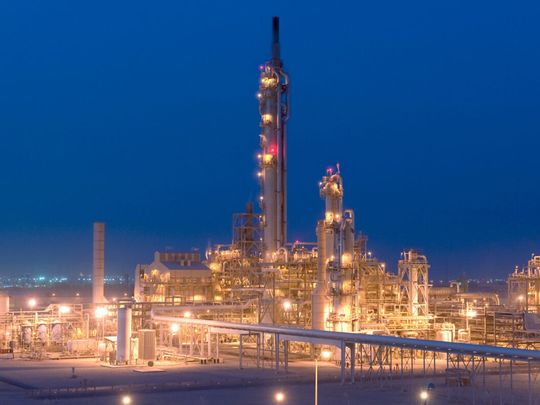
Dubai: The UAE’s dominant name in energy, ADNOC, sure is churning out the big deals.
Sample this: A first ‘strategic’ investment in the US and another in Mozambique, both announced within days of each other. And with the promise of more international investments to come.
When it comes to deal-making, ADNOC’s publicly listed entities have not exactly been slow either. The logistics and services subsidiary has parked contracts with two of South Korea’s leading shipyards for new LNG carriers, revealing on Monday that it would spend up to Dh9.2 billion ($2.5 billion) for eight carriers.
At Fertiglobe, ADNOC is into the final stretch of acquiring a 50 per cent stake held in the fertilizer company by its partner, the Amsterdam-headquartered OCI. Once done, that would leave ADNOC holding 86.2 per cent in Fertiglobe, and at a time when global demand for fertilizers seems to be ready to move past recent volatility. (In October 2021, Fertiglobe raised $795 million and making it the third-largest IPO on the ADX at the time.)
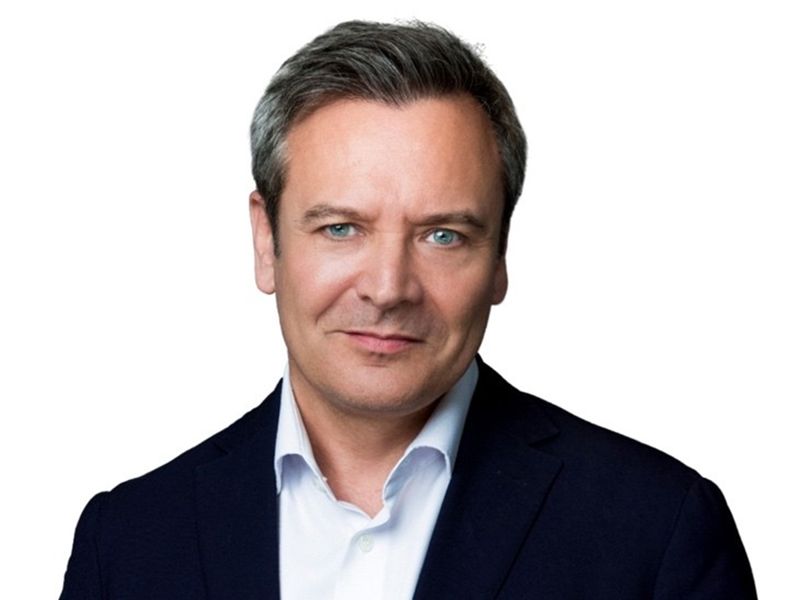
So, how soon will the ADNOC buyout of the OCI stake happen? All signs point to the buy getting completed this year itself. This is what Andrew Tait, CFO of Fertiglobe, has to say: “We are coming to good closures on many items internally (related to the stake buy).
“Externally we are going through merger control approvals, and we’ve just reached one recently with the EU. There are still a few more key ones to close out. So, it (the deal) is more likely to be completed in the second-half of the year. Not too far away…”
In the first quarter, Fertiglobe had revenues of $552 million, an adjusted EBITDA of $223 million and with adjusted net profit of $119 million. All this with the fertilizer markets still nursing its way back from supply-side issues, price softness and more over the last year.
At the time of the Q1-24 results announcement, the ADNOC’s move for the 50 per cent stake was cited as helping ‘Fertiglobe’s growth strategy by unlocking further potential in its core products of urea and ammonia, accelerating the pursuit of new market and product opportunities and expanding its focus on clean ammonia’.
New regional possibilities?
Once the deal is nailed, that does set up Fertiglobe to look at even some strategic action of its own. On whether that would mean looking elsewhere in the region, Tait said: “We have been very open talking about our interest in organic and inorganic opportunities.
“In my role as CFO, I jealously guard the balance-sheet, and you can see Fertiglobe’s low gearing at 0.8 times (at $743.4 million). (This) enables us to look at certain opportunities as they arise. That hasn’t changed.
“ADNOC has got an ambitious chemical strategy going, and has been open in its plans to establish a global growth platform for ammonia. The key word here is ‘growth’.
“With ADNOC, it’ll be interesting to look at global opportunities as opposed to just regional.”
A $100m saving in the making
As it eyes possibility of deals on the horizon, Fertiglobe remains fixed on its ‘manufacturing improvement plan’ (MIP), which focuses on production and cost efficiencies. The target is to raise at least $100 million in incremental EBITDA gain by 2025 compared to 2023.
“The MIP is a large part of our capex plan,” said Tait. “We are excited by the $100 million target for 2025 – that really is sort of a main focus of what we are doing in the capex game on manufacturing.
“Quite a bit of what we are doing is not significant capex but synergistic opportunities. By running our plants longer, it basically allows for a reasonably small capex. It significantly increases our ability to sell greater product (volumes). And because we can sell more, our operating costs come down, which makes us more competitive.
“All that works to a nice $100 million bottom-line improvement…”


